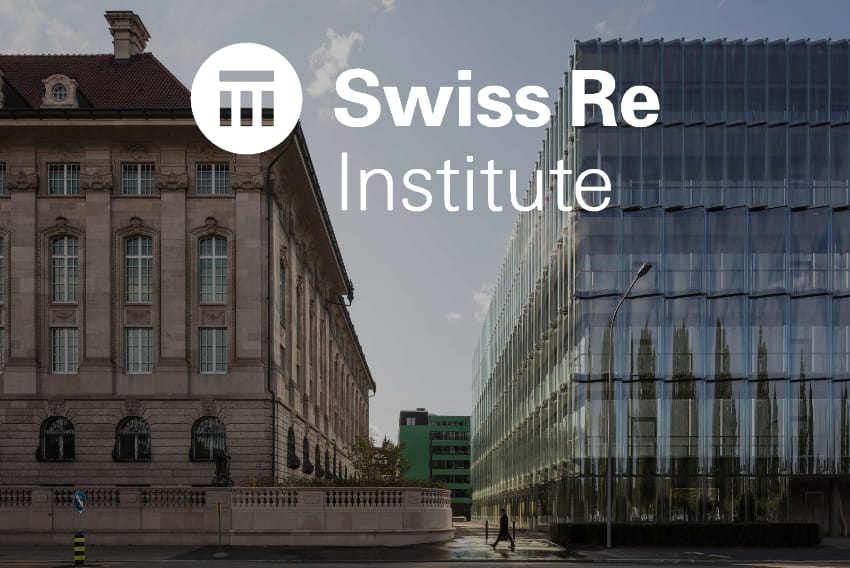Hazard intensification due to climate change to drive higher losses: Swiss Re

Research from the Swiss Re Institute finds that countries are at risk of higher property damage losses as a result of climate change, with the United States and the Philippines likely to be hardest hit as certain hazards intensify.
Having analysed 36 countries and the impacts of the most damaging weather related catastrophe perils, of floods, tropical cyclones, winter storms in Europe and severe thunderstorms, Swiss Re’s Institute found that these cause estimated economic losses of US $200 billion each year, a figure that is set to rise.
The research unit of the global reinsurance firm believes that the Philippines and the US are the most economically exposed countries today, where hazard intensification is likely to occur due to climate change.
Jérôme Jean Haegeli, Swiss Re’s Group Chief Economist, commented, “Climate change is leading to more severe weather events, resulting in increasing impact on economies. Therefore, it becomes even more crucial to take adaptation measures. Risk reduction through adaptation fosters insurability. The insurance industry is ready to play an important role by catalysing investments in adaptation, directly as a long-term investor and indirectly through underwriting climate-supportive projects and sharing risk knowledge. The more accurately climate change risks are priced, the greater the chances that necessary investments will actually be made.”
Swiss Re explains that, “To date, growth in natural catastrophe-related property losses has been mostly driven by rising exposures due to economic growth, accumulation of asset values, urbanisation and rising populations, often in regions susceptible to severe weather events (eg, coastal regions, river fronts and wildland-urban interfaces).
“In the future, hazard intensification due to climate change is set to add to weather-related losses.”
Swiss Re’s study highlights that adaptation and loss mitigation measures are the most important action that can be taken, to offset the rising hazard intensity that is predicted.
“In general, countries with sizeable insurance protection gaps and where the establishment of loss mitigation and adaptation measures lags the rate of economic growth, are most financially at risk from hazard intensification. Fast-growing Asian economies like Thailand, China, India, and the Philippines are most vulnerable according to the report,” Swiss Re’s Institute explains.
Flood risk is projected to intensify globally, while in the United States severe thunderstorm and tropical cyclone intensity is also projected to increase.
In the US, the economic exposure to these perils is highest in dollar terms, but as a percentage of GDP it is the Philippines that comes top.
Swiss Re’s Institute notes that its analysis only covers these four perils and that there are other perils where a changing climate is expected to also have an effect, such as heatwaves.
“As changing climates fuel weather-event intensity, loss potential will likely rise,” the Swiss Re Institute concludes.
There remains some disagreement among researchers and meteorologists about how climate change will affect hazards and their intensity, which has often led to the industry’s focus being on exposure growth as the key driver of rising losses.
But Swiss Re is saying that climate change should also be considered a key factor, which alongside continued exposure growth and exposure build-up in exposed areas, will require increasing amounts of risk capital and reinsurance to support the economic activity of countries that are most threatened by changing weather event frequency and severity.






